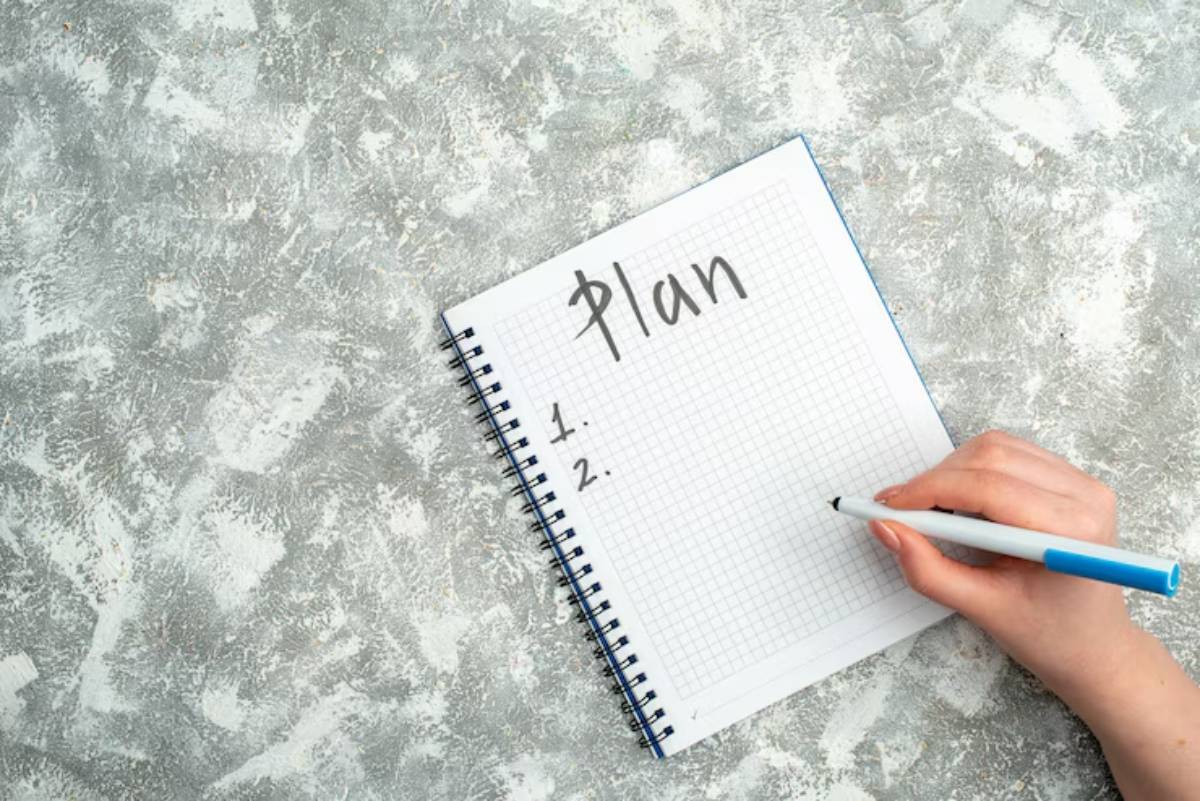
How to Stop Procrastinating Using the 2-Minute Rule
You’re staring at an email that needs answering. It’s been sitting there for days. You know it’ll take two minutes, yet… You still don’t do it.
Sound familiar?
You’re not alone. Procrastination affects nearly everyone at some point, rarely due to a lack of discipline or motivation. More often, it’s about being overwhelmed, fearful, or assuming that we need more time than we do. That’s where the 2-minute rule comes in — a deceptively simple method that has helped thousands regain focus and take back control of their time.
In this guide, you’ll learn exactly how to use the 2-minute rule to stop procrastinating fast, implement actionable steps into your daily life, and adopt a mindset that supports lasting productivity, not burnout.
Understanding the 2-Minute Rule and Why It Works
Productivity expert David Allen popularised the 2-minute rule in his book Getting Things Done.
The concept is straightforward:
If a task takes less than two minutes, do it immediately.
Later, James Clear, author of Atomic Habits, added a powerful twist:
Start any new habit by doing it for just two minutes.
These two angles work together — one focused on tackling small to-dos, the other on forming big habits by starting small.
Why It Works:
- It lowers the barrier to action: A two-minute task doesn’t feel intimidating.
- It builds momentum: Completing a task quickly gives you a sense of progress.
- It breaks the perfectionism loop: You stop waiting for the “right moment.”
- It re-trains your brain: Regular action rewires your mind to act, not delay.
Studies in behavioural psychology show that starting is often the biggest hurdle. Once action begins, motivation naturally increases—a phenomenon known as the Zeigarnik Effect.
Pro Tip: Combine the 2-minute rule with the Pomodoro Technique for focused sessions after the quick wins.
Quick Guide: Using the 2-Minute Rule to Stop Procrastinating

- Identify tasks in two minutes — e.g., reply to emails, file papers, and tidy your desk.
- Act immediately — Don’t schedule it. Just do it.
- Use the 2-minute starter method — Begin large habits with just two minutes.
- Apply it consistently — Build trust with yourself through repeated action.
- Stack small wins — Let quick completions fuel longer work sessions.
Important Note: Don’t overuse the rule to avoid deep work. It’s a tool, not a substitute for meaningful tasks.
Step-by-Step Guide: How to Practise the 2-Minute Rule Daily
1. Create a Running List of 2-Minute Tasks
Start by identifying small things you frequently delay.
These are typically admin-type tasks like:
- Sending a calendar invite
- Refilling your water bottle
- Booking a quick appointment
- Clearing five emails
Keep this list visible on a whiteboard, your notes app, or planner.
Pro Tip: Use categories (Work, Home, Errands) to act quickly depending on context.
2. Set Trigger Points Throughout Your Day
The 2-minute rule works best when linked to existing routines. Examples:
- Before checking social media, complete one 2-minute task.
- Every time you return from a break, do a 2-minute action.
- Before you end your workday, do one small task.
Necessary: Avoid overthinking the trigger. Simpler is better.
3. Use a Timer to Anchor Your Focus
Set a timer for just two minutes to begin daunting tasks. This can:
- Break the paralysis of starting
- Turn massive projects into approachable micro-steps
For instance, instead of “write my thesis,” start with: “Open document and write for 2 minutes.”
Warning: You may work longer than two minutes — and that’s the magic.
4. Create a “Start with 2” Habit Stack
Want to read more? Meditate? Exercise? Start with just two minutes.
- Read one page.
- Sit quietly and breathe.
- Do a single set of stretches.
This method works because it removes resistance and gets you moving.
Pro Tip: Use the phrase “I’ll just do two minutes” to bypass your brain’s objections.
5. Review Weekly and Optimise
Each week, reflect:
- What tasks did you complete thanks to the rule?
- Where did it fail — and why?
- Which 2-minute actions led to larger habits?
This helps reinforce the method and tailor it to your lifestyle.
Best Practices & Additional Insights for Real-Life Success
Scenario 1: The Busy Professional
A freelance designer, Jade was drowning in tiny admin tasks that piled up during the week. Using the 2-minute rule, she tackled small emails, filed expenses, and scheduled meetings immediately instead of postponing them.
Result: Less mental clutter and more explicit focus on creative projects.
Scenario 2: The Parent Balancing It All
Mark, a stay-at-home dad, used the 2-minute rule to maintain order in daily chaos. He folded a few clothes while waiting for the kettle to boil, emptied bins before school pickup, and made quick lists while tidying up.
Result: Fewer last-minute scrambles, more mental space.
Scenario 3: The Student Fighting Academic Overwhelm
A university student, Priya, applied the 2-minute rule to overcome assignment procrastination. She’d open her essay doc and write just the first paragraph, which often led to much more.
Result: Fewer all-nighters and reduced anxiety.
FAQS: 2-Minute Rule and Productivity Hacks
What is the 2-minute rule in productivity?
It’s a time management principle: if a task takes less than two minutes, do it now. It also encourages starting big habits with just two minutes of effort.
Can the 2-minute rule help with chronic procrastination?
Yes, because it lowers the threshold to action. Even the most hesitant person can usually manage two minutes, which builds confidence over time.
How do I choose which tasks qualify for the 2-minute rule?
Look for low-effort, low-stakes tasks that often get postponed: replying to texts, tidying your desk, or reviewing a note.
Is the 2-minute rule effective for long-term habits?
Yes, mainly when used to start habits. Two minutes of writing or exercising can naturally lead to longer sessions.
What if everything feels like it takes more than two minutes?
That’s often a sign of perfectionism. Try timing everyday tasks — you’ll likely find many take less time than you think.
- If you struggle with fear-based procrastination, see How Fear of Failure Fuels Procrastination.
Stop Waiting, Start Acting: Build Momentum in Just Two Minutes

Productivity doesn’t always come from grand plans or perfect schedules. It often begins with a small action that takes no more than two minutes.
Using the 2-minute rule, you sidestep procrastination, build momentum, and reframe how you approach your tasks and time. It’s not just about getting more done — it’s about creating a lighter mental load, so you can focus on what truly matters.
Start now. Pick one task. Do it in the next two minutes. Then repeat.
For mindset strategies that tackle mental paralysis, explore Mental Strategies to Combat Overthinking Paralysis.


